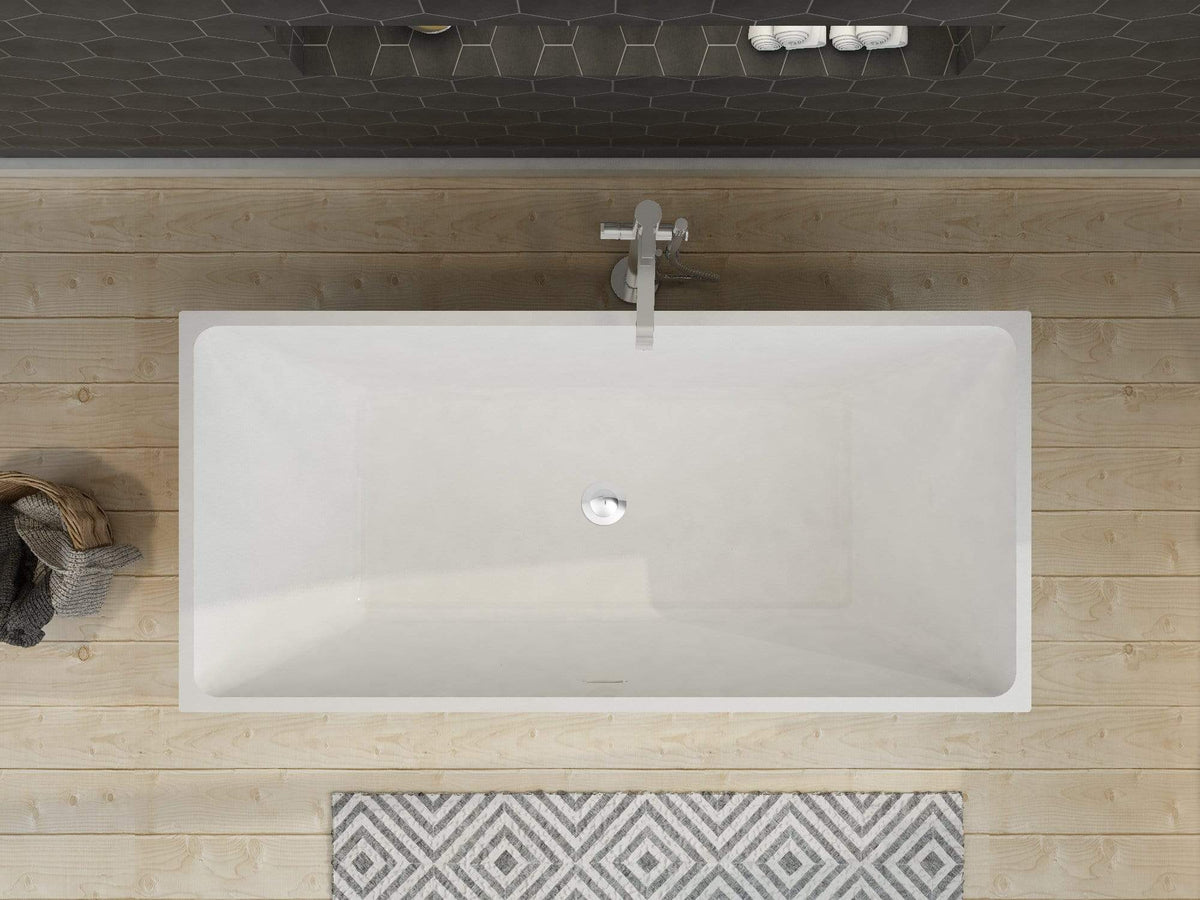When we think of a relaxing bath, the image of a bathtub immediately comes to mind. However, the design of bathtubs has evolved significantly over the years, reflecting changes in manufacturing techniques, materials, and consumer preferences. In this article, we will explore the fascinating journey of bathtub design in the manufacturing industry, from its humble beginnings to the innovative creations of today.

Early Innovations in Bathtub Design
The history of bathtubs dates back to ancient civilizations, where they were often made from materials such as marble, copper, and even wood. These early designs were primarily functional, serving the purpose of bathing and hygiene. However, as societies advanced, so did the design of bathtubs. The introduction of cast iron and porcelain in the 19th century revolutionized bathtub manufacturing, paving the way for more intricate and stylish designs.
Technological Advancements and Material Innovations
With the advent of modern manufacturing techniques, such as injection molding and fiberglass reinforcement, the possibilities for bathtub design expanded exponentially. Manufacturers began experimenting with different shapes, sizes, and configurations, leading to the development of corner tubs, freestanding tubs, and whirlpool tubs. Furthermore, the use of acrylics and composite materials allowed for greater flexibility in design, enabling the creation of sleek, ergonomic, and customizable bathtubs.
Consumer Preferences and Environmental Considerations
As consumer lifestyles and preferences evolved, so did the demand for specific features in bathtub design. For instance, the focus on wellness and relaxation led to the integration of hydrotherapy systems, chromatherapy lighting, and air jets in modern bathtubs. Additionally, environmental consciousness has influenced the use of sustainable materials and water-saving technologies in bathtub manufacturing, aligning with the global push for eco-friendly products.
Future Trends and Innovations
The future of bathtub design in the manufacturing industry is poised for further innovation and creativity. Advancements in 3D printing, smart technology integration, and bio-based materials are likely to shape the next generation of bathtubs. Designs that prioritize comfort, functionality, and sustainability will continue to drive the evolution of bathtub manufacturing, catering to the diverse needs of consumers around the world.
In conclusion, the evolution of bathtub design in the manufacturing industry has been a remarkable journey, marked by ingenuity, technological progress, and a deep understanding of consumer needs. From ancient baths to modern spa-like retreats, bathtubs have undergone a remarkable transformation, reflecting the dynamic interplay between design, manufacturing, and societal trends. As we look to the future, the possibilities for innovative bathtub design are endless, promising an exciting era of relaxation and luxury for generations to come.








